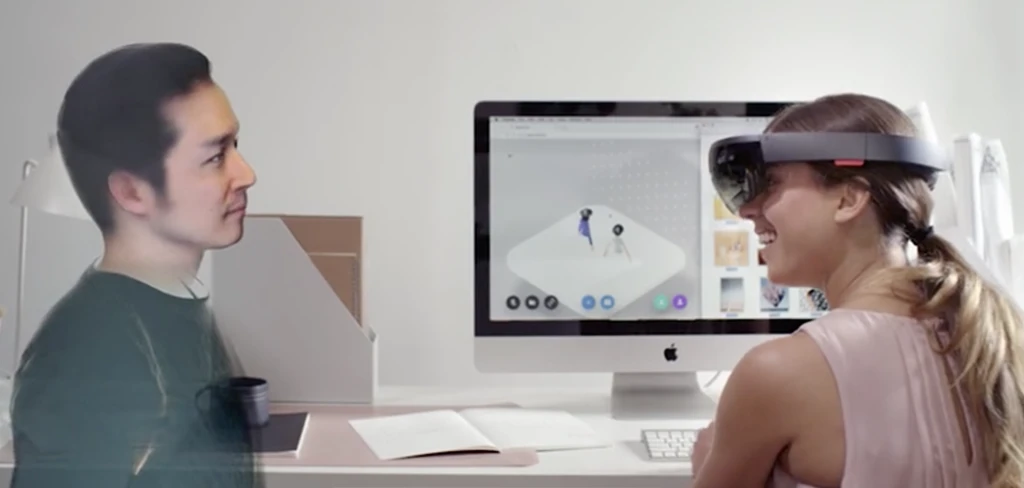Customer intimacy at a distance
Dr. Marie Hartwell-Walker defined intimacy as follows: “Intimacy means deeply knowing another person and feeling deeply known.”1 We may not be able to precisely define intimacy, but it’s a feeling we know when we experience it.
With the backdrop of human intimacy, what is customer intimacy? Ashley Greene defined customer intimacy as “a measure of your awareness of — and alignment with — your customers’ needs and values.” She explains, “Customer intimacy goes beyond talking to customers. It’s about a two-way connection: their perception matters. And you can’t be customer centric without cultivating customer intimacy.”2
These are important perspectives, but as practitioners we need to move from this conceptual view to real execution. When it comes to delivering service to customers, successful companies need to create intimacy while also constraining customer relationship budgets. By their very nature, self-service technologies create distance, since the face of your company becomes a chat bot, or a website, or an interactive voice response experience. To counter the sense of isolation that technology can bring, how can a company create a sense of intimacy at a distance?
Not all activities are created equal
Let’s consider two common customer service experiences: checking the balance of my bank account and receiving a notice for a late loan payment. The way I react to these two situations offers a particularly important lesson on the need for customer intimacy to deepen the overall customer relationship.
Most of the time, when I want to know my current bank balance, I actually feel better about the relationship when I don’t have to talk to another human. I want to be isolated, in a sense. Conversely, when my loan payment is late (perhaps I received a late notice), I want to talk to somebody. The same self-service experience that delighted me when I wanted to find my bank balance became a major source of dissatisfaction for my loan issue.
Thus, customer intimacy must consider the amount of stress or other factors of importance a person places on an activity—think of it as a continuum from low importance, such as a balance inquiry, to high importance, such as resolving the missing loan payment. Each of these customer journeys has a lifecycle, and the emotional content of the journey determines the type of support required.
Calibrating the live experience
As the stress or importance of an activity increases, people’s need for connection also increases. A live chat may be enough for a less important need, whereas extended retirement planning will require a much higher bandwidth or communication experience. Intuit has offered a video chat experience to help taxpayers file their return. Allstate offers multi-tiered levels of interaction as customers file a first notice of loss for an accident, mixing automated support with appropriate live support as the customer pursues the claims journey. For any company, a danger to the customer relationship occurs when they do not provide the right level of live support throughout the customer journey and the customer ends up escalating to a higher-bandwidth channel. Channel hopping is a sign that the company is not providing the right experience, and this becomes a major dissatisfier for customers.

This continuum of low– to high–involvement channels is also aligned to the emotional investment at any point in the journey, with your company gaining insight from each point in the journey to calibrate the experience. This is where you can start creating a higher sense of intimacy, even at a distance.

Microsoft’s suite of customer relationship tools support all the digital as well as live experiences to allow you to calibrate experiences across a customer journey to raise the level of customer intimacy even at a distance. Microsoft has introduced the HoloLens, a channel experience that allows a high–bandwidth engagement to increase collaboration despite distance. Artificial intelligence and analytics are designed to extract insight from each activity and each journey. Insight allows you to calibrate each touch point in the journey to best create robust and intimate customer engagements.
A great example of a company creating intimacy at a distance is Spatial.io (www.spatial.io). They have used HoloLens to create a new, more immersive experience. It fosters collaboration in a new way that encourages a closer, more intimate relationship.
While the level of intimacy of any journey is always balanced against corporate budgets, companies do have the opportunity to create intimate relationships despite being separated by distance and constrained by resource limitations. Those who undertake their own journey to create intimate customer journeys will be successful in the future.
Learn how you can earn customers for life – request a personalized demo of Dynamics 365 now.




